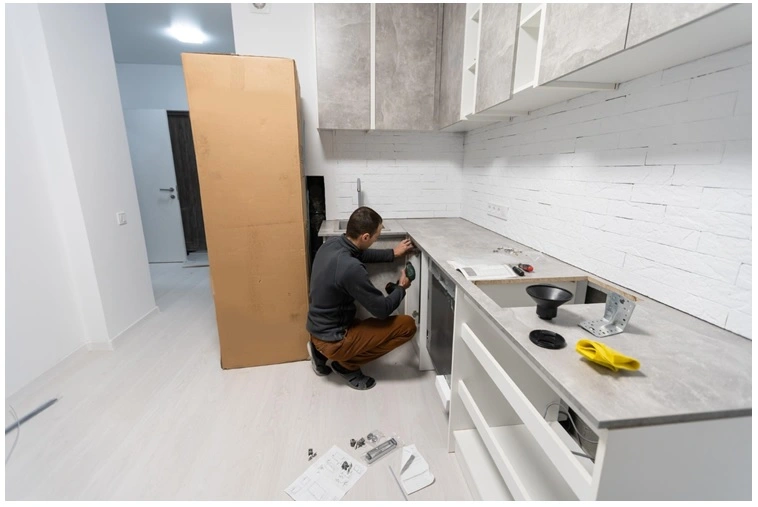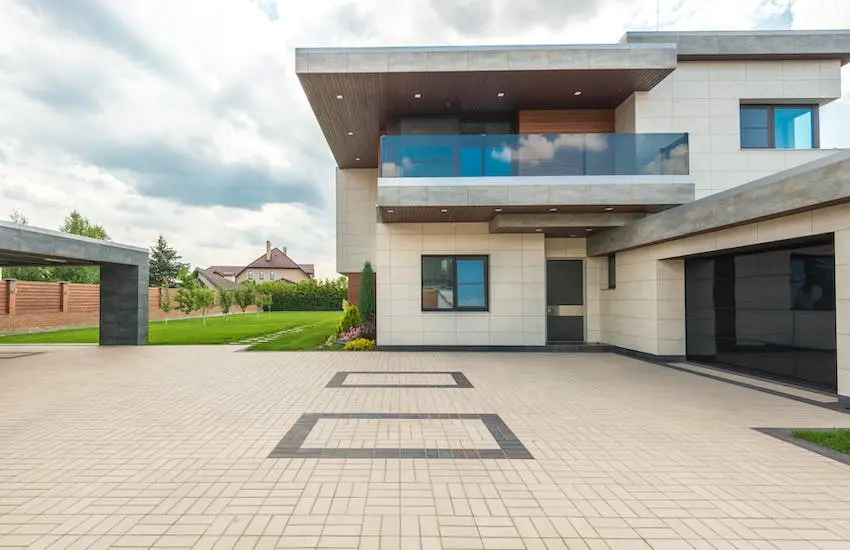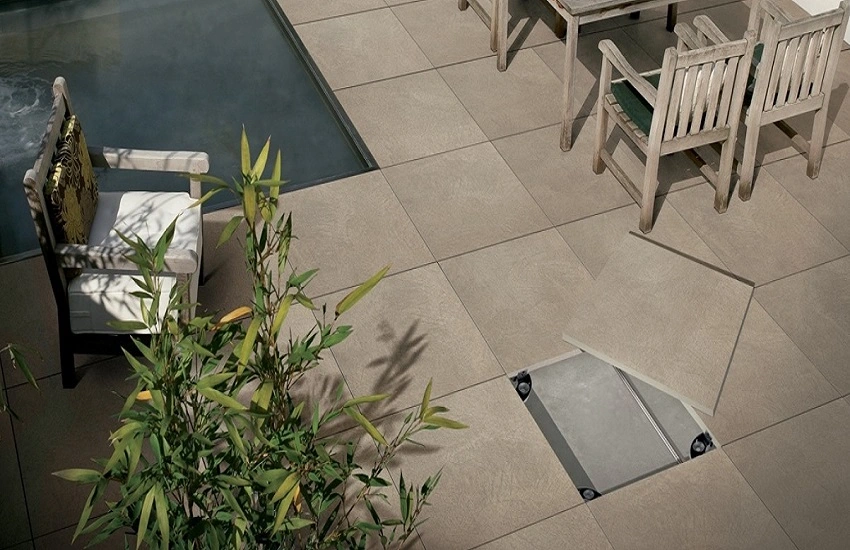A kitchen remodeling project can be an exciting journey, transforming the heart of your home into a space that reflects your style and enhances functionality.
Kitchen renovation can also increase your home’s value by 20%. However, the financial aspect of funding the project can be a significant concern for many.
The good news is that with strategic planning, you can achieve a high return on investment (ROI) while keeping your budget in check.
Consider the following tips to make your kitchen remodel an intelligent and savvy financial move.
Set a Realistic Budget
Starting with a well-defined budget is crucial for any remodeling project. Be realistic about your financial capacity and outline the areas that need attention in your kitchen.
Allocate funds wisely, prioritizing essential upgrades such as appliances, cabinets, and flooring. A clear budget will guide your decisions and help prevent overspending.
A well-planned budget is the backbone of a successful kitchen remodel.
Explore Financing Options
Before reaching for your savings, explore various financing options to ease the immediate financial burden. Consider personal loans, home equity loans, or lines of credit.
Compare interest rates, terms, and repayment plans to find the option that suits your financial situation. This lets you keep your savings intact and manage the remodeling costs more efficiently.
Applying for a credible personal loan online through an experienced financial institution can be a convenient and quick solution, providing the flexibility you need without the hassle of traditional loan processes.
Choose a reputable provider that helps you apply for an online loan catered to your needs.
Energy-Efficient Appliances for Long-Term Savings
Investing in energy-efficient appliances might seem like a more significant upfront cost, but the long-term savings on utility bills make it a financially savvy decision. Look for appliances with the ENERGY STAR label, which indicates energy efficiency.
These appliances contribute to a greener environment and reduce monthly expenses, providing a substantial ROI over time. Consider it as an investment that pays dividends in the form of lower utility bills.
Prioritize High-Impact Upgrades
Not all kitchen upgrades provide the same return on investment. Focus on high-impact changes that enhance both aesthetics and functionality.
Upgrading the countertop, installing modern appliances, and painting cabinets or under-cabinet lighting are examples of improvements that can significantly increase the value of your kitchen. These changes make a lasting impression on potential buyers if you ever decide to sell your home.
Prioritize upgrades that create a wow factor, ensuring your investment pays off in daily use and potential resale value.
DIY Where Possible
While some aspects of kitchen remodeling require professional expertise, there are many tasks you can tackle yourself to save money.
Painting, installing hardware, or even assembling and installing pre-made cabinets are tasks that, with some research and effort, can be accomplished without hiring a professional.
DIY projects cut costs and also provide a sense of accomplishment. Plus, the personal touch you add to your kitchen can make it even more special.
Plan for Contingencies
Unforeseen issues can arise during a kitchen remodel, leading to unexpected expenses. Allocate a portion of your budget for contingencies to handle any surprises that may come your way.
This strategic planning ensures you won’t be caught off guard by hidden costs, allowing your kitchen remodeling project to proceed smoothly without financial setbacks.




